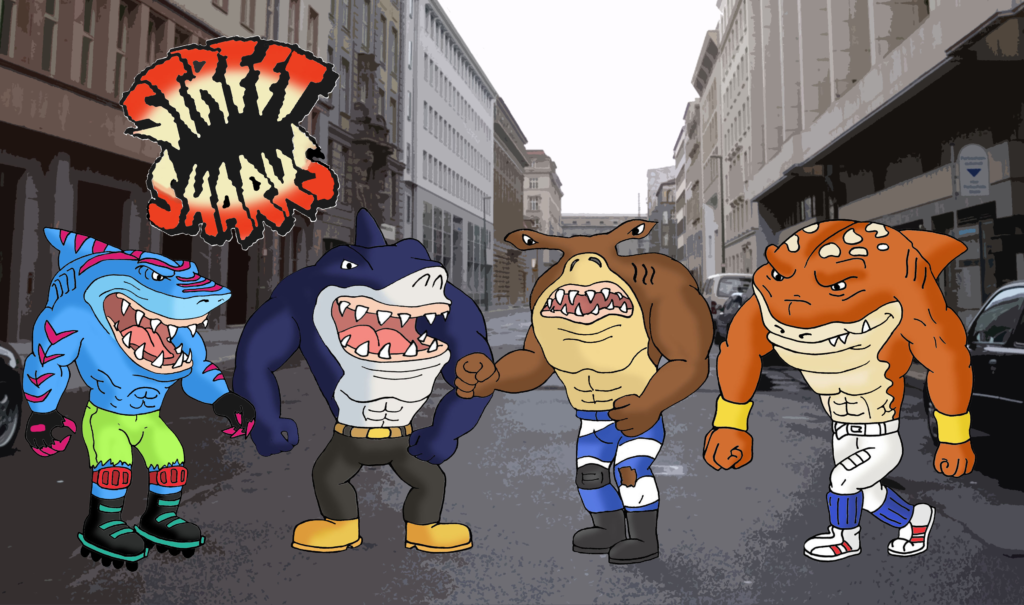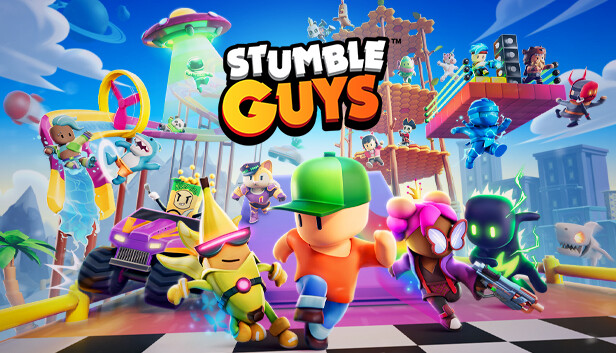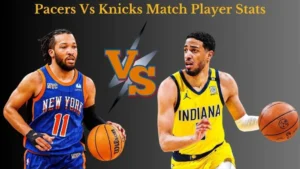Street Sharks: An In-Depth Exploration of the Iconic 90s Cartoon
The street sharks 1990s was a golden age for animated series, and among the colorful shows that graced television screens. his action-packed cartoon captured the imaginations of kids worldwide with its unique premise of half-human, half hark heroes battling villains. In this article, we’ll dive deep into the world of Street Sharks, exploring its origins, characters, themes, and cultural impact. We’ll also discuss why it became a nostalgic favorite for fans of the 90s. Get ready to revisit this fin-tastic part of pop culture history!
The Origins of Street Sharks: How It All Began

The creation of Street Sharks is a fascinating tale of creativity, competition, and marketing. Launched in 1994, the series was developed by DIC Entertainment in response to the growing popularity of anthropomorphic action heroes, particularly inspired by the massive success of “Teenage Mutant Ninja Turtles” (TMNT). The show’s developers aimed to create a similar concept, but with a twist—sharks instead of turtles.
The premise revolved around four brothers who, after being exposed to a gene-altering experiment, transformed into half-shark, half-human hybrids. Each brother took on the characteristics of a different type of shark, leading to unique abilities and personalities. The show was a blend of action, comedy, and adventure, featuring vibrant animation that captivated young viewers.
The series premiered in September 1994 and ran for three seasons until May 1997. Although it was not as long-lived as some other cartoons of the era, it gained a cult following. Street Sharks managed to make a mark thanks to its exciting premise, memorable characters, and, of course, the cool factor that sharks naturally possess. The series also spawned a successful toy line, which helped to cement its place in 90s pop culture.
Plot and Storyline: Jawsome Adventures Await
The storyline of Street Sharks was relatively straightforward but engaging. It centered around four brothers—John, Clint, Robert, and Coop Bolton—who were turned into shark-human hybrids by a villainous geneticist named Dr. Paradigm. Each brother took on the traits of a different shark: a great white, a hammerhead, a tiger shark, and a whale shark. The brothers banded together to stop Dr. Paradigm’s evil plans, all while trying to find a cure for their condition.
Episodes typically involved the Street Sharks facing off against Dr. Paradigm’s monstrous creations, known as “Seaviates.” These were other creatures that had been genetically altered, and they served as henchmen for the villain. Despite their monstrous forms, the Sharks always maintained their brotherly bond and sense of humor, often making jokes and puns as they fought evil.
The plot was packed with action sequences, underwater chases, and a lot of shark-related humor. Although the series was clearly aimed at kids, it had a darker undertone, dealing with themes of mutation, identity, and the struggle between good and evil. However, what made the show memorable was how the Sharks embraced their new forms, fighting not only to save the day but also to find a way back to their old selves.
Meet the Street Sharks: Characters That Made a Splash
The heart of any good animated series lies in its characters, and Street Sharks was no exception. Each of the main characters had distinct personalities and characteristics, making them easily identifiable and relatable for the audience. Let’s take a closer look at the fin-tastic heroes and the sinister villains they faced:
The Street Sharks
Ripster (John Bolton): The eldest brother and the leader of the group, Ripster transformed into a great white shark. As the leader, he was the most responsible and level-headed, often strategizing their battles against the villains. He had an encyclopedic knowledge of marine biology and technology, which often came in handy during their missions.
Jab (Clint Bolton): Jab became a hammerhead shark. Known for his toughness, he was the brawler of the group. Jab was a bit of a show-off and enjoyed using his head—literally—to smash through obstacles. Despite his tough exterior, he had a soft spot for his brothers and would do anything to protect them.
Streex (Robert Bolton): Streex turned into a tiger shark, and his design reflected his sleek, speedy nature. He was the “cool” one of the group, always full of confidence and charm. Streex was often seen rollerblading or engaging in other extreme sports, highlighting his love for speed and adventure.
Big Slammu (Coop Bolton): Big Slammu became a whale shark, and as his name suggests, he was the strongest and largest of the group. He was the gentle giant, using his immense strength to smash through any obstacles that stood in their way. Despite his size, he had a kind heart and was protective of his brothers.
The Villains
Dr. Paradigm/Piranoid: The main antagonist of the series, Dr. Paradigm was a mad scientist obsessed with genetic experiments. After the accident that turned the Bolton brothers into Street Sharks, he continued to experiment with gene-splicing, creating various mutated creatures to do his bidding. His obsession with creating a new world order often put him at odds with the Sharks.
Seaviates: These were the various mutant creatures created by Dr. Paradigm. From mutant lobsters to octopus-human hybrids, the Seaviates served as the villains of the week, each with their own set of powers and abilities. They added variety to the show’s conflicts and provided exciting challenges for the Sharks.
Animation Style and Aesthetic: A Fin Above the Rest
One of the key reasons for the popularity of Street Sharks was its distinct animation style. The show’s creators aimed for a bold, dynamic aesthetic that would appeal to a younger audience. The characters were designed to look muscular, cool, and slightly exaggerated, in line with the style of other action cartoons of the era. Each of the Street Sharks had a unique design that reflected their specific shark traits, making it easy for kids to distinguish between them.
The animation quality was quite good for its time, with fast-paced action sequences and vivid, colorful settings that brought the underwater world to life. The characters moved fluidly, and the battles were choreographed to emphasize the Sharks’ strength and agility. There was a distinct “edginess” to the design, with sharp angles and bold lines that gave the show a bit of a gritty feel. This was enhanced by the Sharks’ habit of using their jaws and fins as weapons, which added to their menacing, yet cool, image.
The show’s aesthetics weren’t just about looking cool, though. The bright, colorful palette, combined with the detailed designs of each character, helped bring out the unique personalities of the Sharks. This blend of cartoonish exaggeration with more serious, action-oriented design helped Street Sharks stand out from its peers.
Marketing and Merchandise: Toys, Games, and More
A huge part of the success of Street Sharks was its marketing strategy. Like many animated shows of the time, the cartoon was designed with merchandising in mind. The action figures were a major hit, allowing kids to bring their favorite characters home and engage in their own street-battles against the forces of evil.
The toys were detailed and articulated, reflecting the characters’ unique designs and traits. From chomping jaws to swinging fists, each action figure had special features that brought the show to life. The toy line included not just the main characters but also various villains and other mutants from the show, allowing kids to recreate the battles from the series.
In addition to toys, there were also video games, comic books, and even a line of apparel that featured the Street Sharks logo. The marketing was relentless, and it worked—Street Sharks became a popular brand for kids who loved action, adventure, and, of course, sharks. The toys were particularly memorable because they were quite durable and larger than many other action figures, giving them a unique presence on store shelves.
Why Street Sharks Resonate: Themes and Appeal
So, what was it about Street Sharks that made it resonate so strongly with kids in the 90s? For one, the show tapped into the universal appeal of sharks. Sharks are often seen as fierce, powerful, and mysterious creatures, and the idea of combining those traits with human characters made for an intriguing concept.
The show also had a strong “family” theme, with the four brothers always sticking together and fighting for one another. This bond was central to the storyline and helped kids relate to the characters, even if they were half-shark mutants. Moreover, the show’s combination of action, humor, and catchy one-liners like “Jawsome!” helped it stand out. The Sharks were cool, tough, and fearless, making them perfect heroes for kids who wanted to imagine themselves battling evil forces.
The series also had a certain sense of rebellion to it. The Sharks were often seen as outsiders, fighting against a society that didn’t understand them. This theme of not fitting in but still doing what’s right likely resonated with kids who felt misunderstood or out of place, giving the show an added layer of relatability.
The Legacy of Street Sharks: Nostalgia and Pop Culture
Even though Street Sharks was short-lived compared to other shows, its impact was undeniable. For many who grew up in the 90s, the show remains a nostalgic gem. It captured the era’s love for extreme sports, flashy designs, and over-the-top action, making it a quintessential product of its time.
Over the years, Street Sharks has been referenced in various forms of media, from TV shows to internet memes. The characters and their catchphrases have become part of the larger tapestry of 90s nostalgia. While it might not have achieved the same level of fame as TMNT, it still holds a special place in the hearts of fans who remember tuning in to watch the brothers battle Dr. Paradigm’s latest creation.
In recent years, there have been rumors of a potential reboot or revival, with fans clamoring for a new take on the classic series. Whether or not that happens, the legacy of Street Sharks remains intact as a beloved part of 90s culture.
Conclusion: Why We Still Love the Street Sharks
Street Sharks may have been a product of its time, but its charm has endured over the years. It represented the 90s spirit of boldness, fun, and a little bit of rebellion. The show’s unique concept, memorable characters, and thrilling action sequences ensured that it made a splash in the world of animated series, even if it was for a brief time.
For those who grew up watching the show, Street Sharks is more than just a cartoon—it’s a reminder of a simpler time when Saturday mornings were reserved for epic battles and heroes who weren’t afraid to be different. Even today, fans continue to share their love for the series, proving that some parts of our childhood never really fade away.
By exploring its origins, characters, marketing strategy, and lasting legacy, we’ve taken a comprehensive look at what made Street Sharks such a “jawsome” part of 90s pop culture. Whether you’re a long-time fan or discovering it for the first time, Street Sharks remains a fun and fascinating example of the animated action genre that defined a generation.








Post Comment